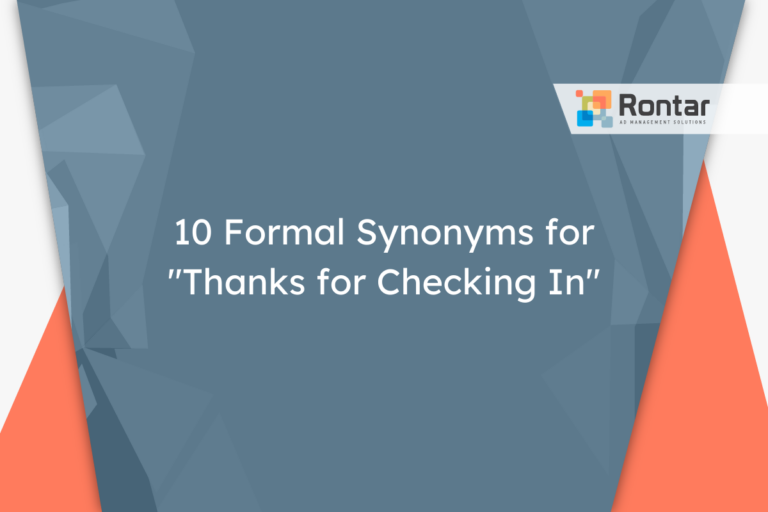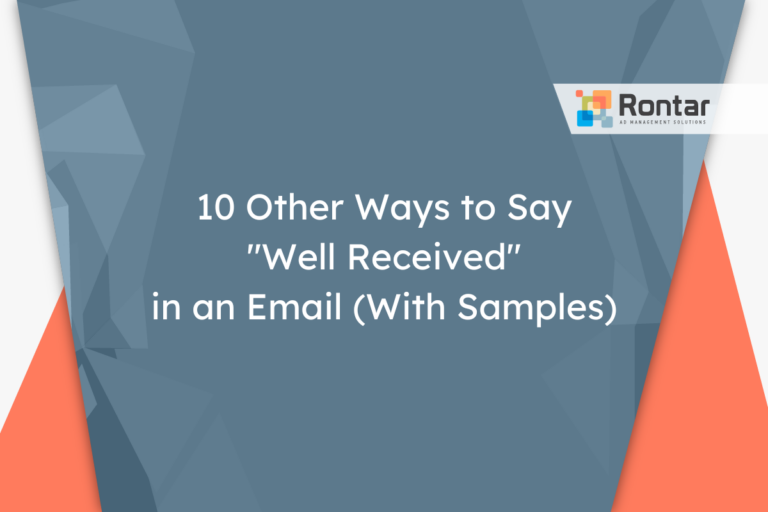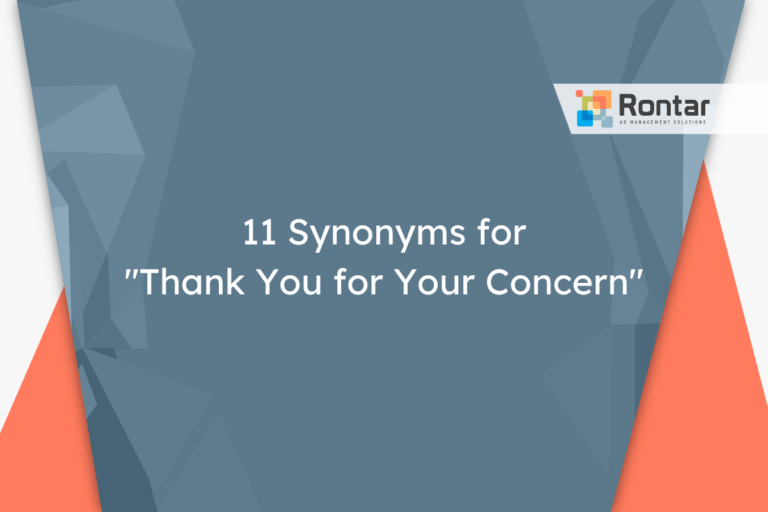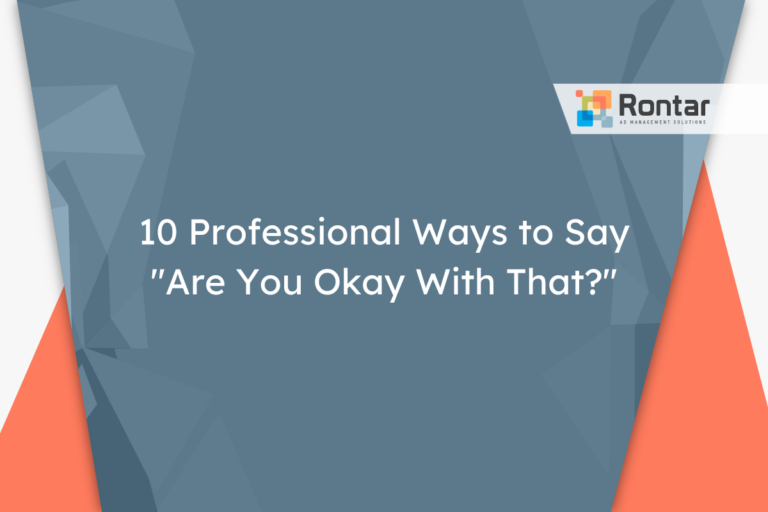10 Synonyms for “Talk to You Then”
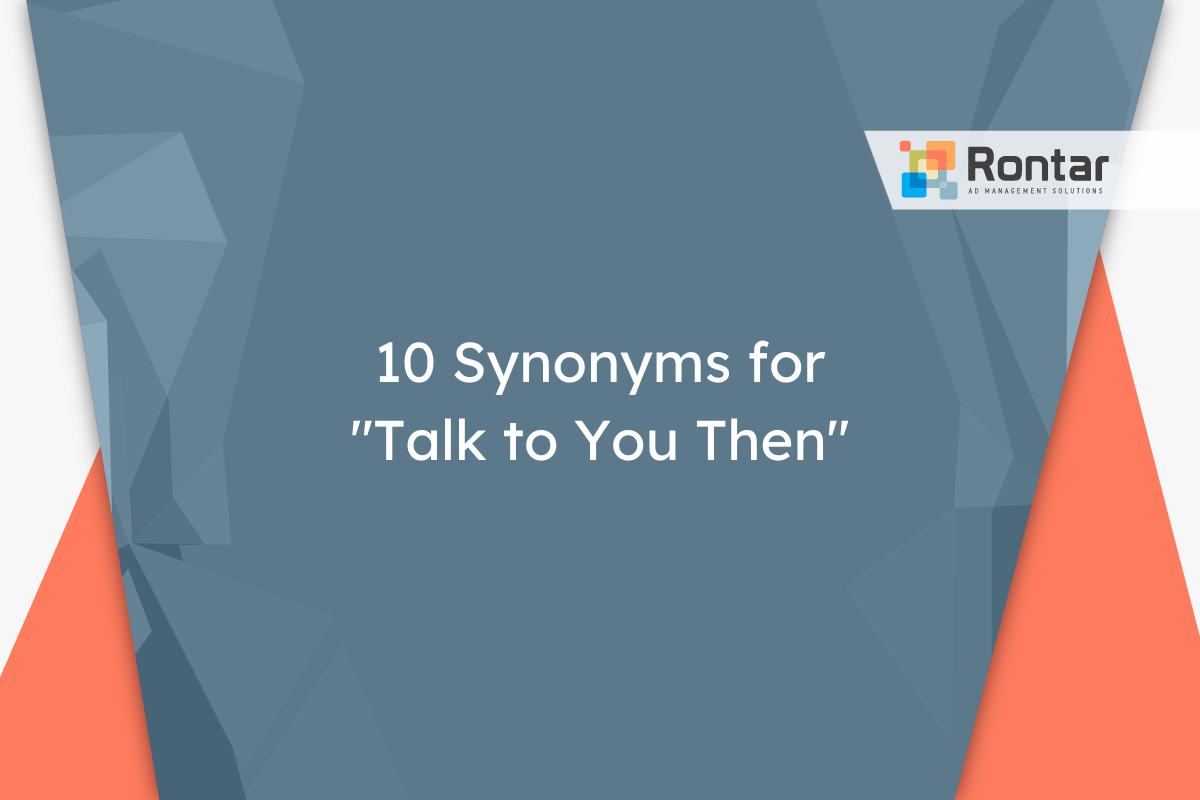
Whether you’re wrapping up a meeting or ending an email, saying “Talk to you then” is a common way to conclude. However, sometimes it helps to have different phrases for different situations, especially in a professional setting to keep things fresh and appropriate.
This article explores 10 alternatives to “Talk to you then,” explaining when each should be used and providing examples. Each alternative offers a way to tailor your communication more precisely, whether you’re seeking formality or aiming for a casual tone.
Is It Professional to Say “Talk to You Then”?
When it comes to professional communication, the phrase “talk to you then” can definitely be considered professional, informal, and polite. It’s a friendly way to end a conversation or an email, suggesting a future point of contact without setting a specific time. This phrase is most appropriate in situations where you and the other person have already discussed when you will be in touch next. It could be after a meeting has been set, once you both have agreed on a callback date, or when an email follow-up is expected.
Here is how you might use it in an email:
Hi Rebecca, Thank you for sharing the details of your project with me. It sounds like a fantastic opportunity, and I'm looking forward to contributing. Let's aim for our next catch-up over a call next Thursday. Talk to you then, Alex
Now, let’s look at the pros and cons of using this phrase:
Pros:
- Shows anticipation for the next conversation.
- Keeps the tone friendly and warm.
- Indicates a mutual agreement to continue the discussion later.
Cons:
- Lacks specificity, which might be necessary in more formal or urgent situations.
- May seem too casual for strictly professional interactions.
While “talk to you then” is a good choice in many contexts, there might be times when you want to use an alternative phrase. If the situation is more formal, or if you need to confirm a specific time and date, opting for a more precise term could be better. Also, depending on your relationship with the recipient or the culture of your workplace, using synonyms or alternatives can help tailor your communication to match the expected tone and formality level. Choosing the right words helps ensure your message is clear and is received as intended.
10 Other Ways to Say “Talk to You Then”
Here are ten alternatives that can be used instead of the phrase “talk to you then.”
- Looking forward to our conversation
- Talk to you soon
- See you soon
- I look forward to talking to you then
- Looking forward to speaking with you
- Speak to you soon
- Talk soon
- I look forward to the meeting
- See you then
- See you at the meeting
1. Looking forward to our conversation
This alternative strikes a polite and somewhat formal tone, showing a keen interest in the future interaction. It’s more specific than the original phrase, highlighting the conversational aspect. This choice is excellent when you want to emphasize your eagerness to speak with the other person, possibly bout something specific you have in mind.
This option is especially suited for professional emails where you want to express enthusiasm about upcoming discussions. It’s a bit more personal, making it ideal for scenarios where building a connection or rapport is beneficial.
Here’s a short example:
Dear Mr. Reynolds, Thank you for agreeing to discuss your project requirements with us. Looking forward to our conversation on Monday. Best regards, Samantha
2. Talk to you soon
This alternative is informal and presents a casual tone. It’s perfect for when you anticipate talking again without a set timeframe. Unlike the original phrase, this one doesn’t imply a specific time for the next conversation but suggests it will happen in the near future.
It fits best in less formal situations or when communicating with someone you have a friendly relationship with. Despite its casual nature, it remains polite and friendly, keeping the conversation open-ended.
Example time:
Hi Lucy, Just wanted to check in and see how everything's going with the new design. Talk to you soon, Jake
3. See you soon
This phrase is very informal and implies a face-to-face meeting will happen shortly. It’s less about the act of talking and more about the act of meeting in person. This makes it different from the original, which is more flexible in context.
Use this when plans for a meeting are somewhat vague but forthcoming. It’s great for ending conversations with friends or colleagues in a light and friendly manner, without specifying a date or time.
Here’s how it can look in an email:
Hey Marco, Loved your last article. Let’s catch up over coffee soon. See you soon, Emily
4. I look forward to talking to you then
This version is highly professional and formal, expressing anticipation for a future communication. It’s more specific than the original, directly referencing a future point in time when the conversation will occur. This makes it ideal for concluding professional or business communications when you’ve already agreed on a specific time to talk again.
It’s best suited for emails or messages where maintaining a professional tone is key, especially after scheduling a meeting or call.
Here is a sample:
Dear Dr. Carter, Thank you for scheduling the consultation for next Thursday. I look forward to talking to you then. Kind regards, Angela Pierce
5. Looking forward to speaking with you
This alternative is professional and polite, similar to “looking forward to our conversation.” It emphasizes the speaking aspect, making it slightly more formal. It’s a great way to express enthusiasm about the upcoming exchange.
When you want to keep messages professional with a hint of personal touch, especially in a business email, this is a fine choice. It communicates eagerness and respect towards the future interaction.
For example:
Dear Colleagues, Reminder: our quarterly review meeting is tomorrow at 10 AM. Looking forward to speaking with you. Best, Thomas
6. Speak to you soon
This one is informal and gives off a friendly vibe. It differs from the original by suggesting a quick follow-up without setting a specific time. This phrase is versatile, suitable for both casual conversations and more relaxed professional settings.
We recommend this for casual work emails or texts, where a stringent formal tone is not necessary. It keeps the communication light and anticipatory without being overtly formal.
As seen in this sample:
Hi Brenda, Loved the ideas you pitched today! Let’s iron out the details. Speak to you soon, Derek
7. Talk soon
This is another informal synonym, implying a forthcoming conversation without specifics. It’s shorter and to the point, keeping things friendly and open-ended. Compared to the original phrase, this one feels more casual and is widely used in less formal exchanges.
It’s better suited for messages between coworkers who are also friends, or in contexts where a relaxed tone is preferred. This keeps things light while still indicating future contact.
And an example would be:
Hey Tom, Can’t wait to hear more about your trip! Talk soon, Jen
8. I look forward to the meeting
This choice is distinctly formal and signifies anticipation for a planned meeting. It is much more specific than the original phrase, directly mentioning a meeting rather than just a conversation. This makes it precise and appropriate for professional contexts where a meeting has been scheduled.
Perfect for confirming meetings or expressing enthusiasm about upcoming professional gatherings. It communicates respect and professionalism, making it ideal for business emails.
Here’s a case in use:
Dear Workshop Participants, We're set for our session on project management fundamentals next Wednesday. I look forward to the meeting. Warm regards, Sophia
9. See you then
With a informal tone, “See you then” hints at a scheduled meeting or event without delving into details. It’s less formal than the original, providing a sense of closure and expectancy for the next in-person encounter. This phrase is versatile, functioning well in both personal and casual professional settings.
Use this when you’ve already established a specific time to meet and want to keep the farewell brief and upbeat. It’s less about the conversation and more about the anticipation of seeing the person.
A perfect short example:
Hey Team, Don’t forget tomorrow’s lunch outing. See you then, Max
10. See you at the meeting
“See you at the meeting” is informal yet direct, specifically focusing on an upcoming meeting. It’s a bit more specific than the original phrase, indicating not just future communication, but a physical gathering. This phrase is fitting for casual work environments or when discussing plans with acquaintances or friends.
This alternative is well-suited for reminding someone about a meeting or expressing your anticipation for it. It keeps the message friendly and straightforward, carrying less formality than some other options.
To illustrate:
Hi Everyone, Just a reminder about our planning session this Friday at 2 PM. See you at the meeting, Olivia
Final Thoughts
Choosing the right way to say “Talk to you then” can impact your professional and personal communication greatly. The 10 alternatives listed in this article range from formal to informal tones, each suitable for different situations and types of relationships. By understanding the nuances of these phrases, you can select the most appropriate one that conveys your message clearly and effectively.
Remember, the key to effective communication is not just in what you say, but also how you say it. So, use these alternatives to keep your emails and conversations fresh and engaging. Adjusting your sign-off based on the context can significantly contribute to building better relationships in your professional and personal life.

